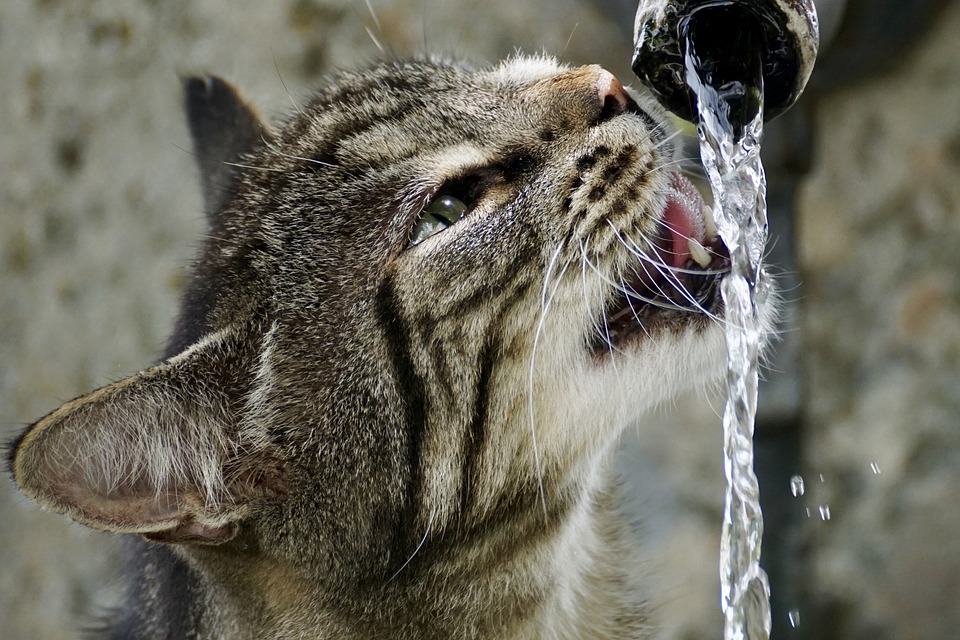Kneading, a behavior commonly observed in cats, can provide numerous advantages for athletes, enhancing their performance and aiding in their recovery. This natural behavior, where cats rhythmically push their paws against a soft surface, can be incorporated into an athlete’s training and recovery routines to achieve optimal results.
One of the primary benefits of kneading for athletes is its ability to enhance blood circulation and flexibility. Intense physical activities can cause muscles to become tight and strained. Kneading stimulates blood flow to the muscles, delivering oxygen and nutrients while removing waste products and toxins. This increased circulation helps reduce muscle tension, improve flexibility, and prevent injuries.
Kneading also helps release tension and stress, which are common experiences for athletes. The rhythmic motion of kneading triggers the release of endorphins, natural painkillers and mood enhancers. This not only aids in reducing muscle soreness and fatigue but also contributes to a more positive mindset, essential for peak athletic performance.
Efficient recovery is crucial for athletes to bounce back from intense training sessions and competitions. Kneading plays a significant role in accelerating the recovery process. By improving blood circulation and reducing muscle tension, kneading assists in flushing out metabolic waste products, such as lactic acid, that accumulate during exercise. This helps reduce muscle soreness and promotes quicker recovery. Additionally, kneading aids in injury prevention by maintaining muscle elasticity and preventing the formation of adhesions or scar tissue.
Athletes can practice kneading themselves by using their hands or tools like foam rollers or massage balls. However, seeking assistance from a professional massage therapist or a qualified sports therapist can provide more targeted and effective results. The frequency of kneading depends on individual needs and training intensity. Generally, athletes can benefit from incorporating kneading into their routine at least once or twice a week, or more frequently during periods of intense training or recovery.
While kneading is generally safe for athletes when performed correctly, individuals with certain medical conditions should consult their healthcare professionals before practicing kneading. It is important to ensure proper technique and avoid excessive pressure or overuse, as it may cause muscle soreness or bruising.
There are various kneading techniques, including effleurage, petrissage, and friction. Athletes should consider learning these techniques from professionals, as they can provide guidance on proper execution and target specific muscle groups effectively.
Incorporating kneading into an athlete’s routine can offer a wide range of benefits, including enhanced blood circulation, improved flexibility, stress reduction, faster recovery, and injury prevention. By understanding and harnessing the power of this natural behavior, athletes can optimize their performance and achieve their athletic goals. So, while kneading may be a cat’s instinct, it can also become an athlete’s secret weapon for success.








